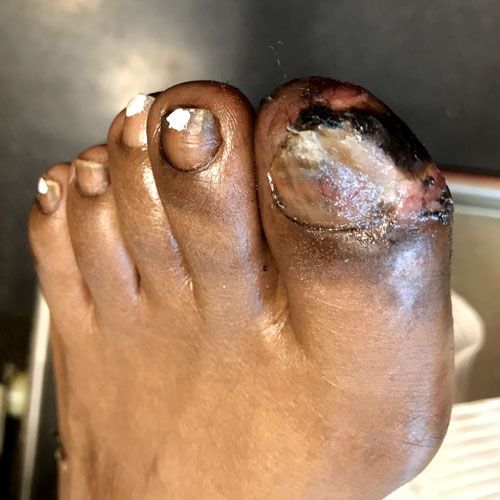Phone: 904-329-1391
SE HABLA ESPANOL
Diabetes and your Feet
4 Different Types of Diabetes
- Gestational Diabetes
Gestational diabetes is a condition in which a woman without diabetes develops high blood sugar levels during pregnancy. Gestational diabetes generally results in few symptoms; however, it does increase the risk of pre-eclampsia, depression, and requiring a Cesarean section. Babies born to mothers with poorly treated gestational diabetes are at increased risk of being too large, having low blood sugar after birth, and jaundice. lf untreated, it can also result in a stillbirth. Long term, children are at higher risk of being overweight and developing type 2 diabetes.
- Diabetes lnsipidus
Diabetes insipidus (DI) is a condition characterized by large amounts of dilute urine and increased thirst. The amount of urine produced can be nearly 20 liters per day. Reduction of fluid has little effect on the concentration of the urine. Complications may include dehydration or seizures.
- Type 1 Diabetes
Type 1 Diabetes (T1 D), previously known as Juvenile Diabetes, is a form of diabetes in which very little or no insulin is produced by the pancreas. lnsulin is a hormone required for the body to use blood sugar. Before treatment this results in high blood sugar levels in the body. The classic symptoms are frequent urination, increased thirst, increased hunger, and weight loss. Additional symptoms may include blurry vision, tiredness, and poor wound healing. Symptoms typically develop over a short period of time.
- Type 2 Diabetes
Type 2 diabetes (T2D), formerly known as adult-onset diabetes, is a form of diabetes that is characterized by high blood sugar, insulin resistance, and relative lack of insulin. Common symptoms include increased thirst, frequent urination, and unexplained weight loss. Symptoms may also include increased hunger, feeling tired, and sores that do not heal. Often symptoms come on slowly. Long-term complications from high blood sugar include heart disease, strokes, diabetic retinopathy which can result in blindness, kidney failure, and poor blood flow in the limbs which may lead to amputations. The sudden onset of hyperosmolar hyperglycemic state may occur; however, ketoacidosis is uncommon.
People with diabetes are at increased risk of foot infections. You can protect your feet with these simple foot care guidelines:
• lnspect and wash your feet daily. Look for redness, swelling, cuts, blisters and nail problems. When washing your feet, use lukewarm water and dry gently, especially between the toes.
• Wear clean, dry socks and properly fitting shoes.
• Don’t go barefoot.
• Trim your toenails carefully. Cut the nails straight across. You might want to have this task done professionally, especially if you have thickened nails, vision impairment or numbness in your feet.
If you have any concerns, seek medical care to prevent more-serious conditions from developing.
• Foot care helps protect your feet and prevent foot ulcers ar sores. Long-term high blood sugar levels can damage the blood vessels and nerves in your legs and feet. This damage makes it hard to feel pressure, pain, temperature, and touch. You may not be able to feel a cut or sore, or shoes that are too tight. Foot care is needed to prevent serious problems, such as an infection or amputation.
• Diabetes may cause your toes to become crooked or curved under. These changes may affect the way you walk and can lead to increased pressure on your foot. The pressure can decrease blood flow to your feet. Lack of blood flow increases your risk far a foot ulcer. Do not ignore small problems, such as dry skin or small wounds. These can become life-threatening over time without proper care.
How do I care for my feet?
- Check your feet each day. Look at your whole foot, including the bottom, and between and under your toes. Check for wounds, corns, and calluses. Use a mirror to see the bottom of your feet. The skin on your feet may be shiny, tight, or darker than normal. Your feet may also be cold and pale. Feel your feet by running your hands along the tops, bottoms, sides, and between your toes. Redness, swelling, and warmth are signs of blood flow problems that can lead to a foot ulcer.
Do not try to remove corns or calluses yourself. - Wash your feet each day with soap and warm water. Do not use hot water, because this can injure your foot. Dry your feet gently with a towel after you wash them. Dry between and under your toes.
- Apply lotion or a moisturizer on your dry feet. Ask your care team provider what lotions are best to use. Do not put lotion or moisturizer between your toes. Moisture between your toes could lead to skin breakdown.
- Cut your toenails correctly. File or cut your toenails straight across. Use a soft brush to clean around your toenails. lf your toenails are very thick, you may need to have a care team provider or specialist cut them.
- Protect your feet. Do not walk barefoot or wear your shoes without socks. Check your shoes far rocks or other objects that can hurt your feet. Wear cotton socks to help keep your feet dry. Wear socks without toe seams, or wear them with the seams inside out. Change your socks each day. Do not wear socks that are dirty or damp.
- Wear shoes that fit well. Wear shoes that do not rub against any area of your feet. Your shoes should be ½ to ¾ inch (1 to 2 centimeters) longer than your feet. Your shoes should also have extra space around the widest part of your feet. Walking or athletic shoes with laces or straps that adjust are best. Ask your care team provider for help to choose shoes that fit you best. Ask him or her if you need to wear an insert, orthotic, or bandage on your feet.
- Go to your follow-up visits. Your care team provider will do a foot exam at least once a year. You may need a foot exam more often if you have nerve damage, foot deformities, or ulcers. He or she will check for nerve damage and how well you can feel your feet. He or she will check your shoes to see if they fit well.
- Do not smoke. Smoking can damage your blood vessels and put you at increased risk for foot ulcers. Ask your care team provider for information if you currently smoke and need help to quit. E-cigarettes or smokeless tobacco still contain nicotine. Talk to your care team provider before you use these products.
Make an appointment with Foot Pain Doctors of Jacksonville today!
The post Diabetes and your Feet appeared first on Foot Pain Doctors of Jax.



Contact Information
Phone: 904-329-1391
Fax: 904-580-5835
Email: FootPainDoctorsofjax@gmail.com
Address: 1532 Kingsley Ave. Suite# 106, Orange Park, Florida 32073
Business Hours
- Mon - Thu
- -
- Friday
- -
- Sat - Sun
- Closed












We accept most insurance, and can make payment arrangements.


